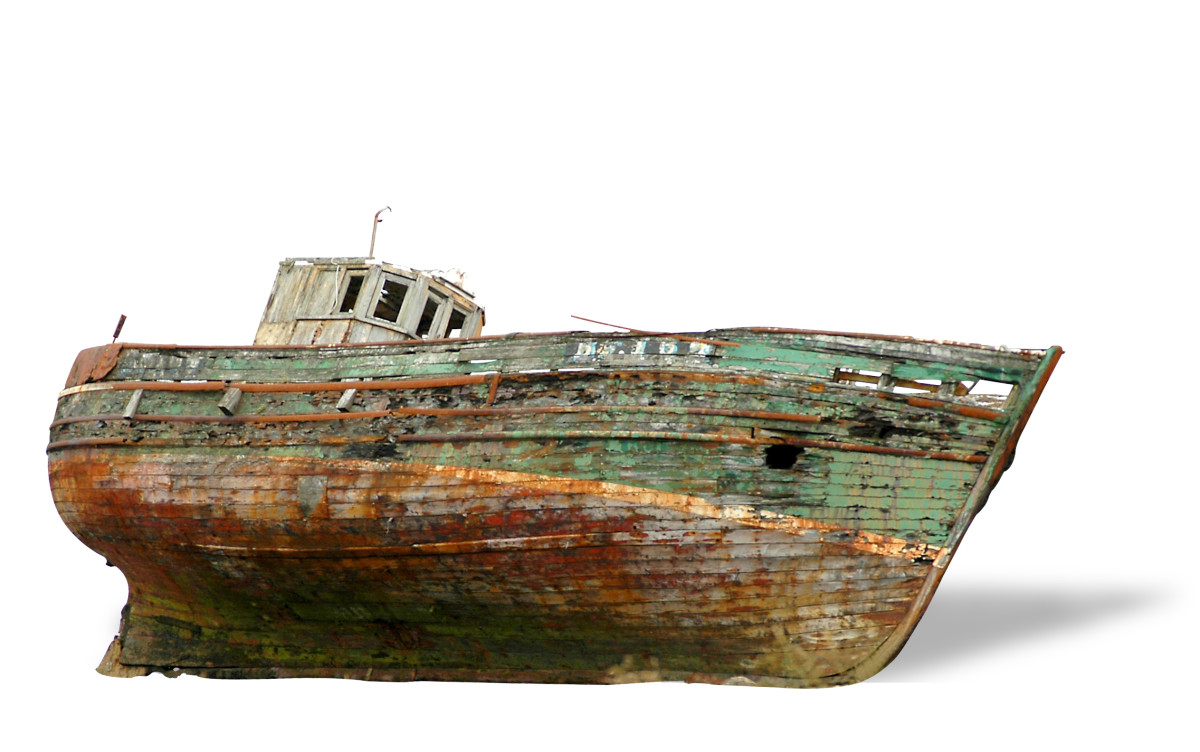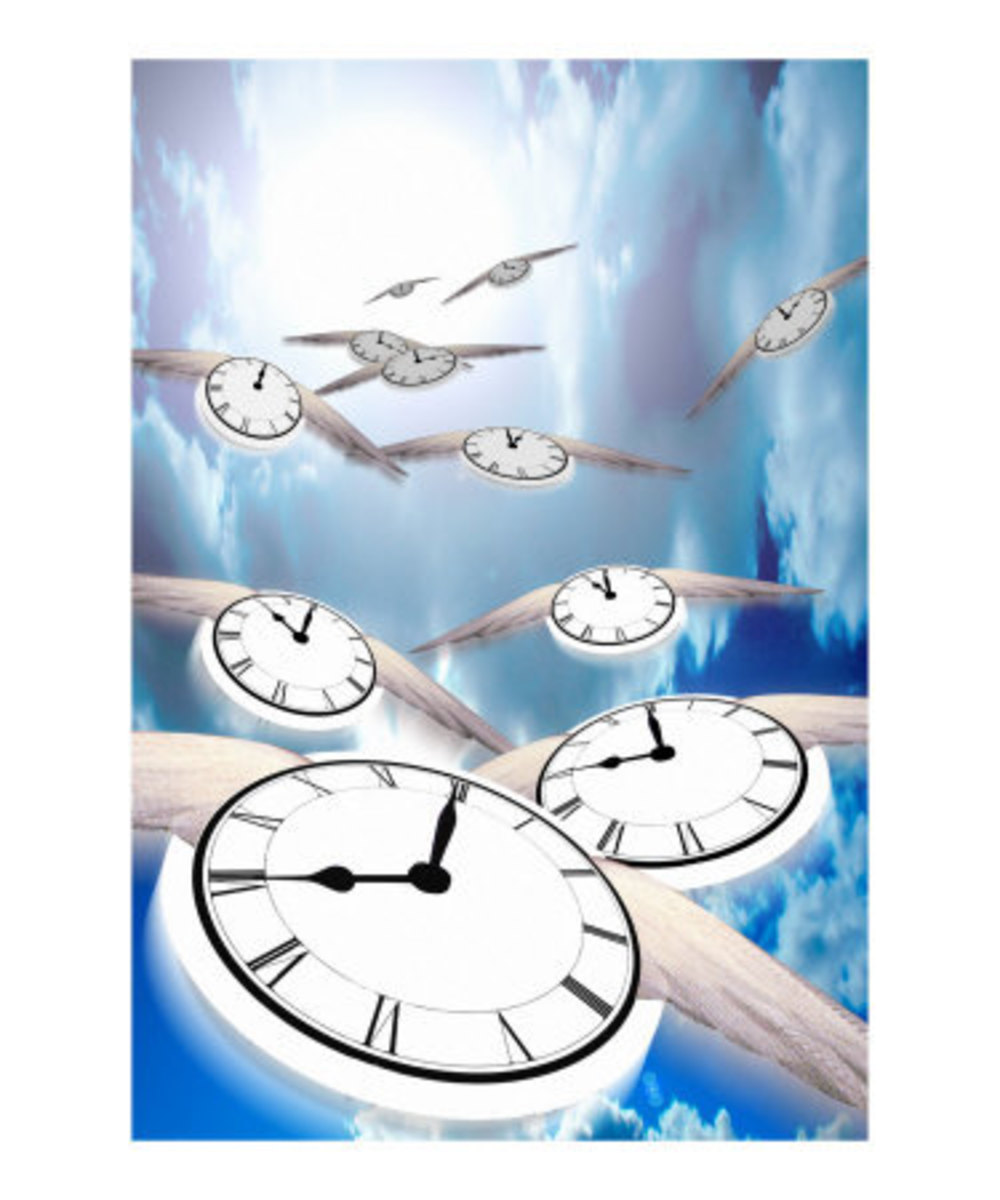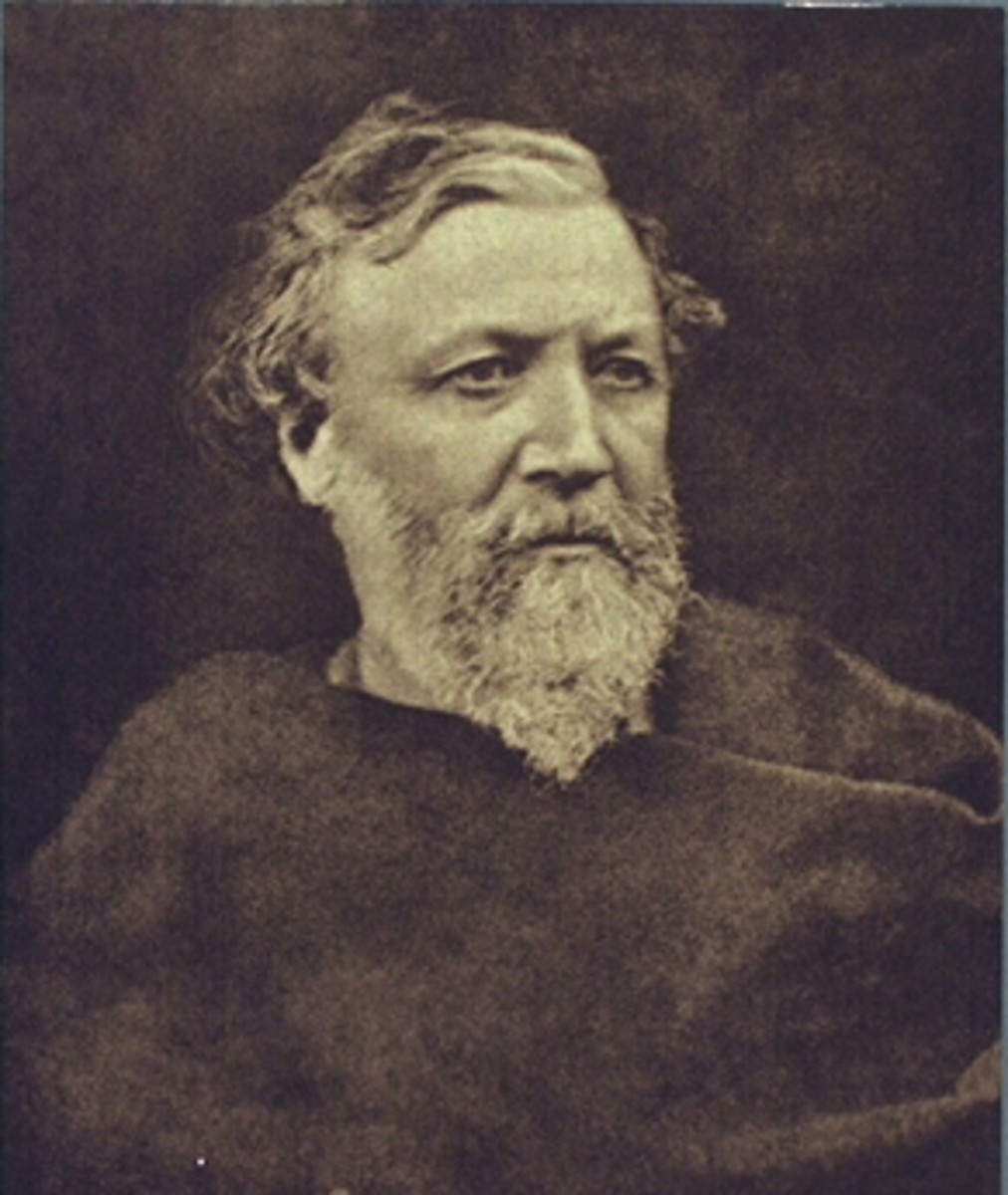D.H. Lawrence's Horizontal Thread
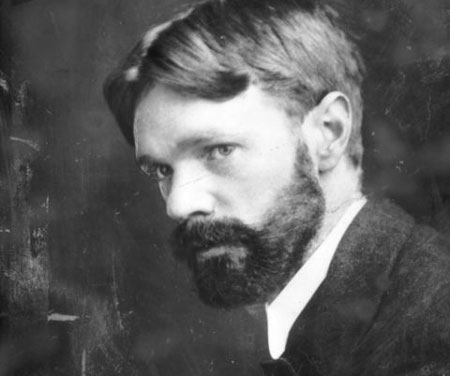
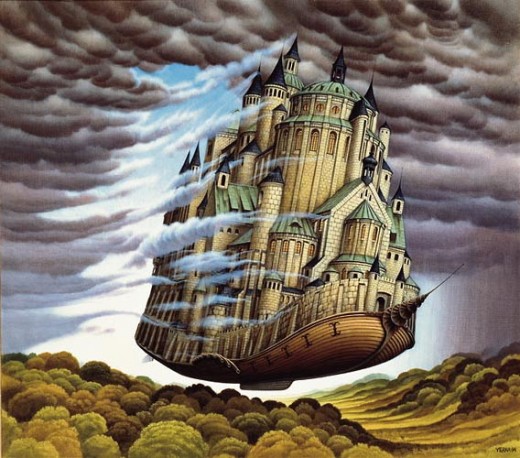
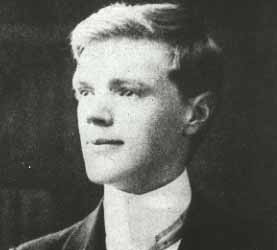
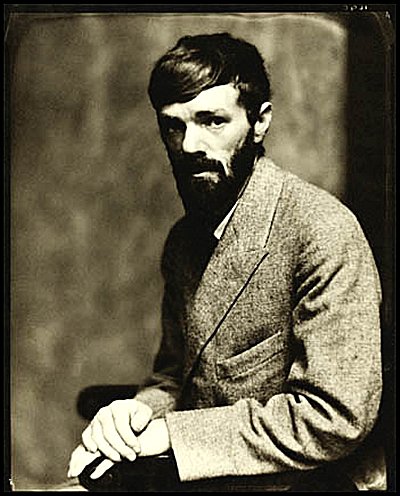
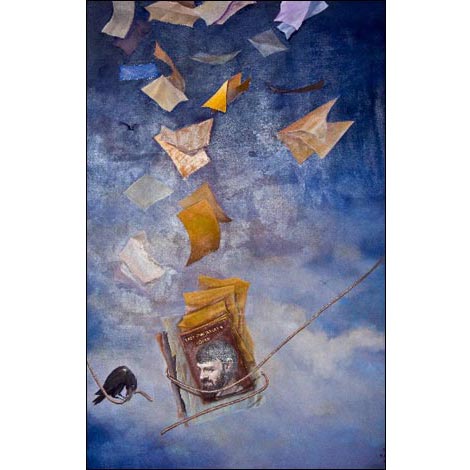
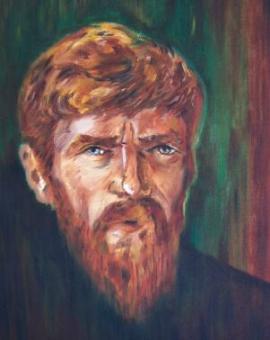
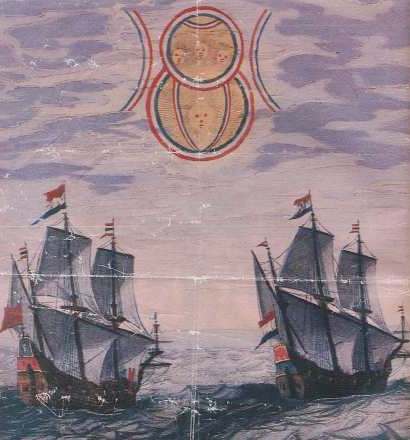
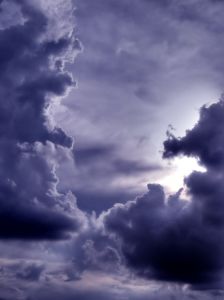
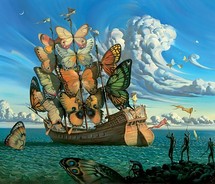
Poetry of D.H. Lawrence
In D.H. Lawrence’s poem, “The Ship of Death”, the poet takes us on a psychological journey of the soul as it approaches death, or a kind of transformation. He uses the metaphor of a small ship as a vehicle for the transit of the soul from the terrestrial to the spiritual and back again after awakening to a new state of being that will allow for a peaceful death. It becomes evident that Lawrence has experienced this renewal as he approaches his own death, and he urges us readers of poetry to prepare ourselves as well. Lawrence makes clear the importance of the soul abandoning itself utterly to the eternal, no matter how terrifying, for this is the only way to peace of the soul.
Lawrence himself was in the autumn of his life as he wrote this poem and suffering with tuberculosis – the disease which ultimately killed him. Here he invokes the seasons:
Now it is autumn and the falling fruit
and the long journey toward oblivion
In the following lines the apples fall to the ground; “they bruise themselves”, forming a way out of the encasement of the body to, “bid farewell to one’s own self”. In using the phrase “one’s own self”, Lawrence makes implicit the concept of some other self, or the self as not only belonging to one’s self but also belonging to something else, possibly to that force which created the seasons and cycles of life. Yet, the self takes action. It also must “find an exit”. The self is not required merely to die passively but must search for a way to pass from the “fallen self” to another realm.
In part II of the poem, the narrator begins with the first of a refrain:
Have you built your ship of death, O have you?
O build your ship of death, for you will need it.
The voice is not just beckoning but pleading with us to build our own vessel in which to approach this foreboding journey of death, and with this warning, there is the sense of the apocalyptic:
The grim frost is at hand, when the apples will fall
thick, almost thunderous, on the hardened earth.
There is the image here of apples falling “thick” like hail in a thunder-storm, but the earth is “hardened” – no longer life-sustaining or vital itself, but dead, completely sapped of life-flow. The apocalyptic milieu continues as death “on the air like a smell of ashes!” This is said in exclamation, so we get the sense of urgency. As well, in the following line: “Ah! Can’t you smell it?” The exclamation-point asserts a stronger voice, urging the reader to listen – not to be passive. He does not say ”can you smell it?”; but, “can’t you smell it?” - the invective commanding notice, and a response; because, “you” will be a part of this experience imminently.
The experience is that of dying, of making a kind of transition. Lawrence translates the process of dying with immediacy - death looming just on the edge of the senses. Following these two exclamatory lines, the narrator introduces the soul suffering and retreating inside the body:
Here, body and soul withstand cataclysms. The “frightened” soul draws back “shrinking” and “wincing” from a coldness that blows in through the bruised body. Yet, the body and soul are separate entities with the body as a battered casement, merely an inadequate shelter at this point, with its “orifices” letting in the cold. “Orifices” here conjures not only the image of the natural orifices of the body, but the wounds acquired in the battle of living. The soul in this stanza is presented as the entity with more of a person-hood than the body. Lawrence uses active verbs in describing the soul; hence, the soul has feelings and can also think. It “finds itself” in its present situation; so that the soul arrives at being cognizant of its own threatening predicament.
In part III, Lawrence addresses the question of suicide. In the soul’s dreadful state, is suicide an option? “Can a man his own quietus make?” Invoking here, Shakespeare’s “Hamlet” in 3.1.72-78, when the Prince of Denmark soliloquizes the option of suicide:
For who would bear the whips and scorns of time,
… When he himself might his quietus make
With a bare bodkin?
Lawrence urges the reader to prepare for death, but he is not suggesting self-annihilation. In fact, what he strives for, finally, is a peaceful ending. The poet answers his own question with another: “how could murder, even self-murder ever a quietus make?” Thus the question of suicide is answered; yet, the notion of making a peaceful quietus remains unanswered until part IV, where the poet introduces the concept of a soul at peace:
O let us talk of quiet that we know,
that we can know, the deep and lovely quiet
of a strong heart at peace!
Then, Lawrence asks another question; “how can we this our quietus make?” How can we acquire this peace for ourselves inside the very un-peaceful nature of giving up life and passing into death? In part V, the poet comes back to his refrain “build then the ship of death”. We must build the ship, the vehicle, for our own quiet delivery onto “oblivion” – that place of nothingness where the daily routine ends and all of our knowledge and cherished perceptions give way to something revolutionary that we will find by way of this purgatory or liminal zone between life as we know it and this new existence.
Lawrence uses an unconventional free-verse form throughout this poem. The lines flow easily and at times pick up a rhythm that moves the poem along as if we are riding that ship of death on the ocean with its ebb and flow and little hills of quickened movement, as in the second stanza of part V:
And die the death, the long and painful death
that lies between the old self and the new.
In part VI, the “timid soul has her footing washed away, as the dark flood rises,” so that the soul and her ship become humble in relation to dark oblivion, which is a force of presence infinitely larger than the worldly. This presence looms so large as to leave the soul “cowering in the last branches of the tree of our life”. Lawrence uses again the metaphor of a tree signifying the life from which the soul is about to depart. Though the soul cowers and shivers as it anticipates the dark journey, part VII suggests willingness as an antidote to the pain of dying. He says “all we can do is now to be willing to die” and to take the action of building our humble arc for the inevitable “longest journey”.
In partVII Lawrence describes the place, or rather the non-place, of oblivion:
upon the flood’s back waste
upon the waters of the end
upon the sea of death, where still we sail
darkly, for we cannot steer, and have no port.
There is a sense of continual movement toward oblivion, as if oblivion attracts a steady flow; with finally, the water’s “end” giving some sense of a finite horizon where everything comes together in one place. It is a blindingly dark passage where we have no agency to steer the boat ourselves: it follows the flow as if by instinct or omnipotent guidance. There is “no port”, no basis to return to. That which we have left behind is behind us now, and all that remains is what lies ahead, which is only darkness. Hence, the poet depicts utter bleakness and virtual terror in this void destination.
…there is nowhere to go
only the deepening blackness darkening still
blacker upon the soundless, ungurgling flood
darkness at one with darkness, up and down
and sideways utterly dark, so there is no direction any more.
These lines, filled with dark, are reminiscent of Lawrence’s poem, “Bavarian Gentians”, in which the underworld exudes “blue-smoking darkness” and where “darkness is married to dark”. However, unlike Pluto’s underworld hell, where the poet can hear the voice of Percephone, though she herself is “enfolded in the deeper dark”, oblivion has no sound at all. This “soundless, ungurgling” creates the image of countless objects spiraling and toppling together toward the same ominous void, without a sound, and the very soundlessness makes the darkness more bleak. Lawrence renders a place where the senses are completely shut down and even the sense of “direction” no longer pertains:
And everything is gone, the body is gone
completely under, gone, entirely gone.
Lawrence’s poem “Fish” comes to mind with its theme of merging and connecting and becoming one with the water. The fish are
Aqueous, subaqueous,
submerged
and wave-thrilled.
However, the difference in “Fish” is the sense of joy within the total connected-ness of the fish and their surroundings. Up to this point, in “Ship of Death”, there is still only darkness and heaviness and no sense of joy whatsoever. Not until part IX do we observe a glimmer of hope in the poem. This is where the soul emerges out of oblivion:
And yet out of eternity a thread
separates itself on the blackness,
a horizontal thread
that fumes a little with pallor upon the dark.
Here the eternal becomes finite with a new horizon drawn across the blackness of eternity. The imagery is fantastically surreal with eternity separating, transforming, and sewing itself into something tangible from which the soul can emerge. It even “fumes”, but only a little, with “pallor”, putting color finally into the black void. Hence, we are back in a realm of dimension that glows brighter and brighter with a rosy hue, “on the pink flood”, as it generates the soul back out of oblivion. It is the re-birth of the soul after death, and so we have witnessed the cycle of death and rebirth, with the soul being delivered into the rosiness of birth. The “flood subsides”, allowing the ship to return and the soul to step, “strange and lovely”, into a body where it can now find peace.
…the frail soul steps out, into the house again
filling the heart with peace.
Thus, the soul has taken a mandatory journey through a purgatory of oblivion, to reconcile the past, prepare for new terms of existence and emerge as a soul reborn that is now capable of residing in a body at peace. The body too has been “worn” as a “sea-shell”, yet it survives, in some form, prepared with a stronger heart to sustain a peaceful soul. To answer his own question then, Lawrence has illustrated how we can “our own quietus make”, without self-annihilation, but with willingness, belief in the soul, and a little faith in a thread of light on the horizon.




